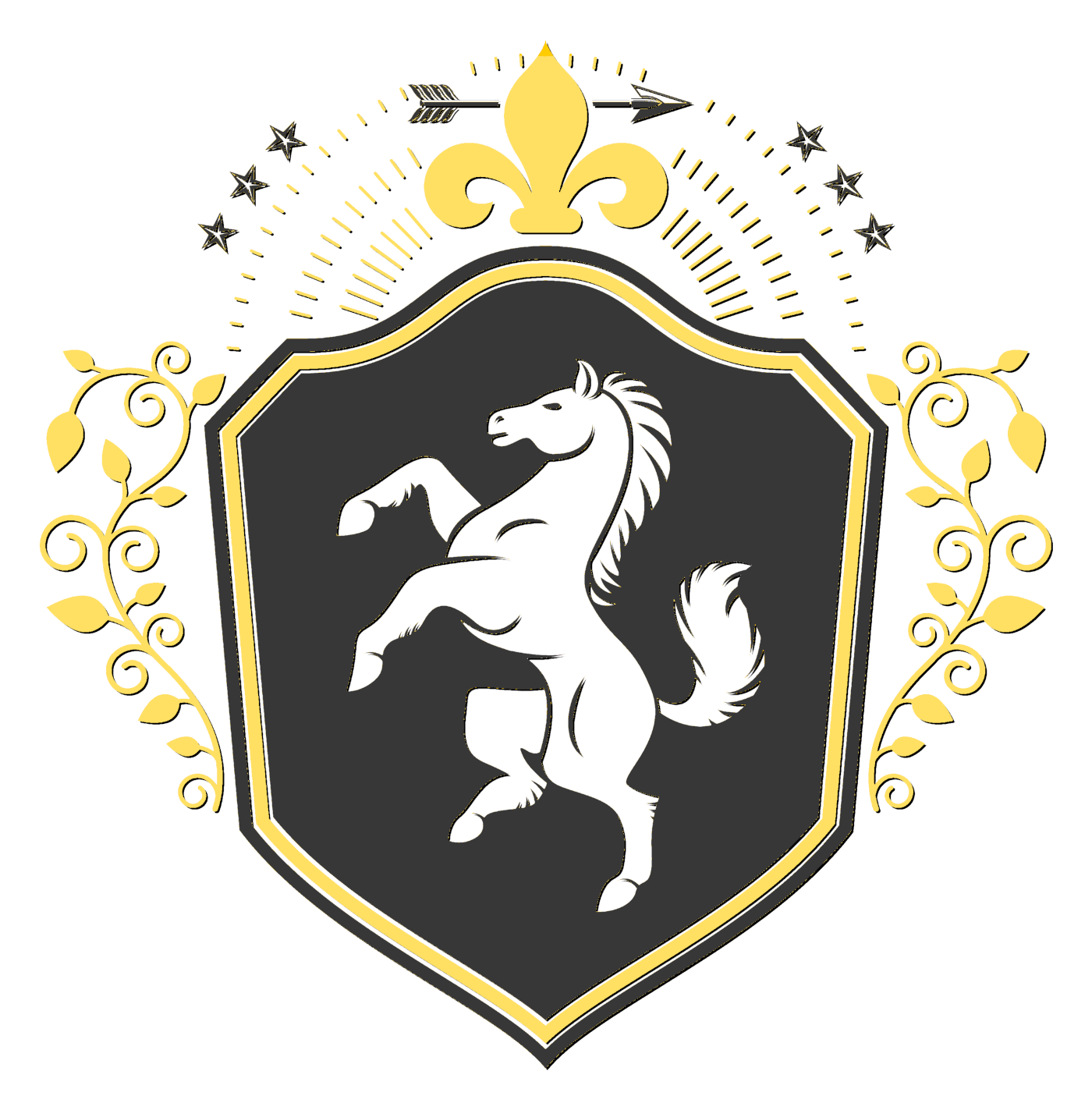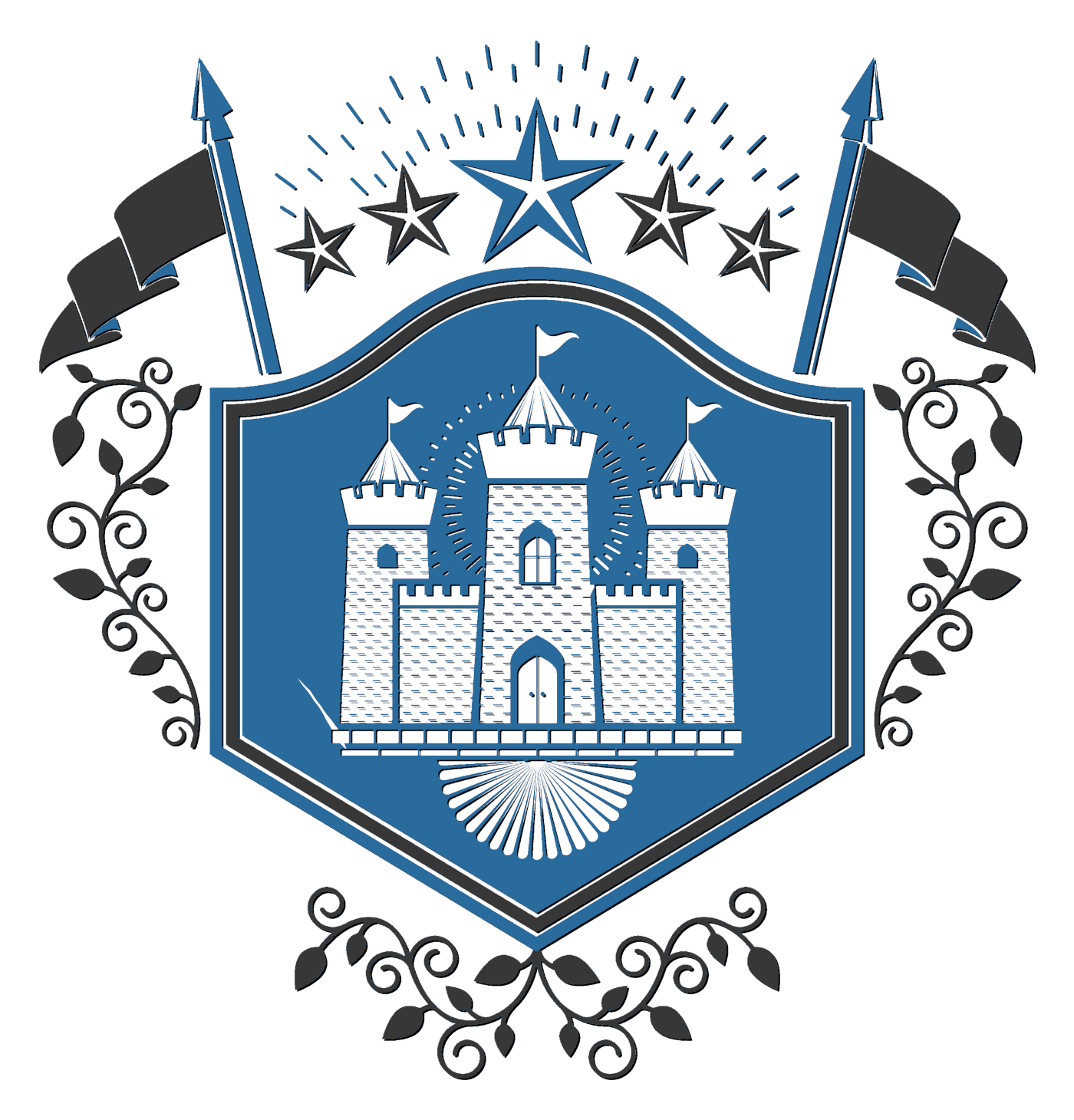The merpeople are Yesaré, and there are few of them. They live in inland waters rather than the sea, lakes and deep rivers and occasionally along the shores. They have a humanoid form, but greatly modified. They are generally smaller than an average man, and they also are slimmer. The men and women have very little difference in outward physical aspects. The women are smaller than the men, and they have different faces, though much less different than the average human man and woman faces. The main difference is in the width and size of the black marks that are on their face and bodies – the men have thicker and larger marks. The skin of the merpeople is a gray to white to slate blue to dull green color. It is neither very slick nor very rough, and the texture varies slightly from person to person. It is very pliable in some places, but looks exactly the same as a very hard, cartilage, almost plate like stuff that is in some areas. Unless you are familiar with the merpeople anatomy it is nearly impossible to tell which parts are soft and which are hard unless you feel them or watch them carefully while they move to see which parts bend and which do not. However, though you can stare all you like, do not try feeling – if you do happen to touch one of the soft areas, it is not very good. At all. Not that it hurts, but it is...indecent. Or else rude. Or else very froward if you are a stranger. Depends on what you touch.
Their eyes are large, and have no white showing. Around them is a sort of...ridge, of the hard stuff, that is shaped a little like goggles. The nose is small and usually flattish, never very shaped. The ears are rather shapeless and flat compared to our own, like flaps, but are the same size and placed the same generally. Their mouth is...small, comparatively, with lips, but with the corners going off into two ridges that go up their cheeks and around their heads til they meet the ear. There is another ridge of the same kind directly above the lower one. The chin is very very small, almost nonexistent. The eyebrows are not hair (the merpeople have very little hair, none visible, and are a little amphibious in that respect), but are black marks of the hard stuff that rise slightly from the face. There are other black marks, not the same in the different tribes, on their faces as well, and sometimes the eyebrows are not there. The top of their head has no hair, but it is not smooth – a little ridge runs around the front, pointing down between the eyes, which looks rather like...ah well, it is in the picture. Anyway, it splits at the back of the head and comes down in two (sometimes it does not split and there is only one) tapering things like horns or braids, made of the hard stuff (which is flexible, slightly less than cartilage). They have four sides and go to a blunt point. Sometimes they hang quite a ways down the back, sometimes they do not even reach the shoulder length.
The hair they have is entirely invisible except to a very close examination or a magnifying glass, it is so small and colorless. However it is extremely sensitive, and movement in the water can be detected even in the slightest amounts, as well as things brushing against them.
Their clothes are very strange. They do not wear any, per say, however they do wear a sort of exoskeleton – which is shed and remade several times during a merperson's lifetime. It is not attached to the merperson's body, however it is so tight at some points (the arms for instance) that it cannot be taken off without severing or cutting it. It is made of the same stuff as their skin. It detaches from them when they are renewing it rather like a caterpillar sheds its skin. It is a lengthy process and rather difficult, and there is a period between when the old one comes off and the new one is coming where there is no covering.
Sometimes a person, particularly a girl, will remove their natural covering and wear a fabricated one instead. They wear it because they do not wish to be different. However for several reasons some of them want to be able to take it on and off. It is not as good as the natural covering, whatever it is that they make, however, and it is harder for them to swim. Though not much harder.
They swim very well. They do motions with their arms and the lower parts of their legs mostly, and resemble otters in how they can swerve and gambol underwater. They do not have gills or underwater breathing organs, and must surface to breathe, however they can hold their breath well, and it doesn't put them in discomfort to do so. They usually only do come up to breathe, and rarely come onto land. When they do they can walk, but are very awkward at it if they do not go on land a good deal and practice excessively. They use different muscles for swimming than are used for walking. And not only that but their bodies and legs are altered slightly to accommodate their environment, so even if they practice a good deal they would never be as sure footed and enduring as we are at walking or running. When they go on land they crawl as often as not, or drag themselves along. Never for long.
They live in many different kinds of dwelling, but the most common basic construction is one like a beaver's lodge. The bulk of the structure is above water, but surrounded by it, and the entrance goes down into the water. The floors are usually covered with water up to two arms lengths, though there are nurseries sometimes that are dry. They do not have any dry storage places, for there is nothing that they would want that would be harmed by water.
When they do not have a permanent dwelling they need nothing but somewhere to sleep. They detest sleeping on land, but they must be able to breathe, so often they have a sort of net that they hook to a bank to tangle themselves up in, or something of the kind.
They have a layer of fat or blubber under their skin, which keeps them warm, and they have a resilience to cold as well. Because they are slim, and also must have this blubber on them, which leaves even less space for innards, they have a small digestive system. They eat oftener than we do, and they do not eat as much at a time.
They have eaten various things at various times, fish, plants, water mammals, fresh water crabs, birds, so on. They do not cook anything except the meat, because the meat would sicken them if they did not. They build rafts on the water to build the fires on. They never cook the vegetables. Sometimes they soak them, however.
They are very susceptible to sickness. They are very afraid of it, and take great measures to prevent it, and cure it. Though they do not often survive if they ever do catch a bad illness.
There are very few merpeople, for many reasons, but the main reason is that it is very difficult for them to have children. Not only is it difficult, but it is painful for the women. So there are few children.
This makes them afraid of dying. Like most Yesaré they do not live as short of lives as the men, but they do die eventually, and sooner if they are killed before they grow old. They hide and protect themselves and are rarely daring and venturesome. They never war, unless they are in extreme danger of their lives that cannot be escaped by running away. And there are so few that they would be annihilated quickly if they did. They are spread out as well, and there are fewer in one place at a time than there are total even.
They live, because of the fewness of their numbers, in a very communal way. The children rarely keep to their mother and father, but are taken care of and protected by the whole of the people. The parents, especially the mothers, are often very possessive of them, however, and noone ever forgets who they were born of even if they do not have sole care of them.
The way they communicate is by hand signals and expressions, mind touching, smell, sound, electrical impulse, and touch. They are not very emotionally stimulated by sight, though they have extremely good vision. They are more stimulated by smell and touch and electrical impulse. For example, they would not appreciate a painting very much. However they would be in ecstasies over the delicate electrical aura of a water weed. Or the smell of a certain backwater. Or the wash of an exquisitely warped eddy. Vision is mostly simply a tool to them.
They have a deep rooted desire to be like people – whether it is to fit in with the crowd, or imitate their best friend, or copy the art of a master. They hate to be alone. They focus on the outward too much, and they do not put enough weight on emotion or action. They do not necessarily act merely by tradition, but they do tend to think too much.
That is hopefully an exhaustive list of the most important things about them, though it is in very little detail. I am afraid that it is too long as it is. * wry * Beg your pardon. I am still working on them, and I would really appreciate questions or comments about them? Does anything not make sense? Is there something I should consider?
These are some drawings I have done of merpeople. The first one is Crinkle, and I like her.
This one I translated as Whoosh.

It was the most accurate word in English I could come up with.
This one is a boy, and his name is Net nar. I did not translate it. Heh. It is not an actual bad word, it has a valid meaning, and it is in the Bible, but English culture made me leery of stating it outright.
Net nar means 'damn' – not 'damned', but 'to damn', or 'the fact of damnation'. It does not have the bad connotations that it has in our culture, it has connotations that are more similar to 'justice'.

